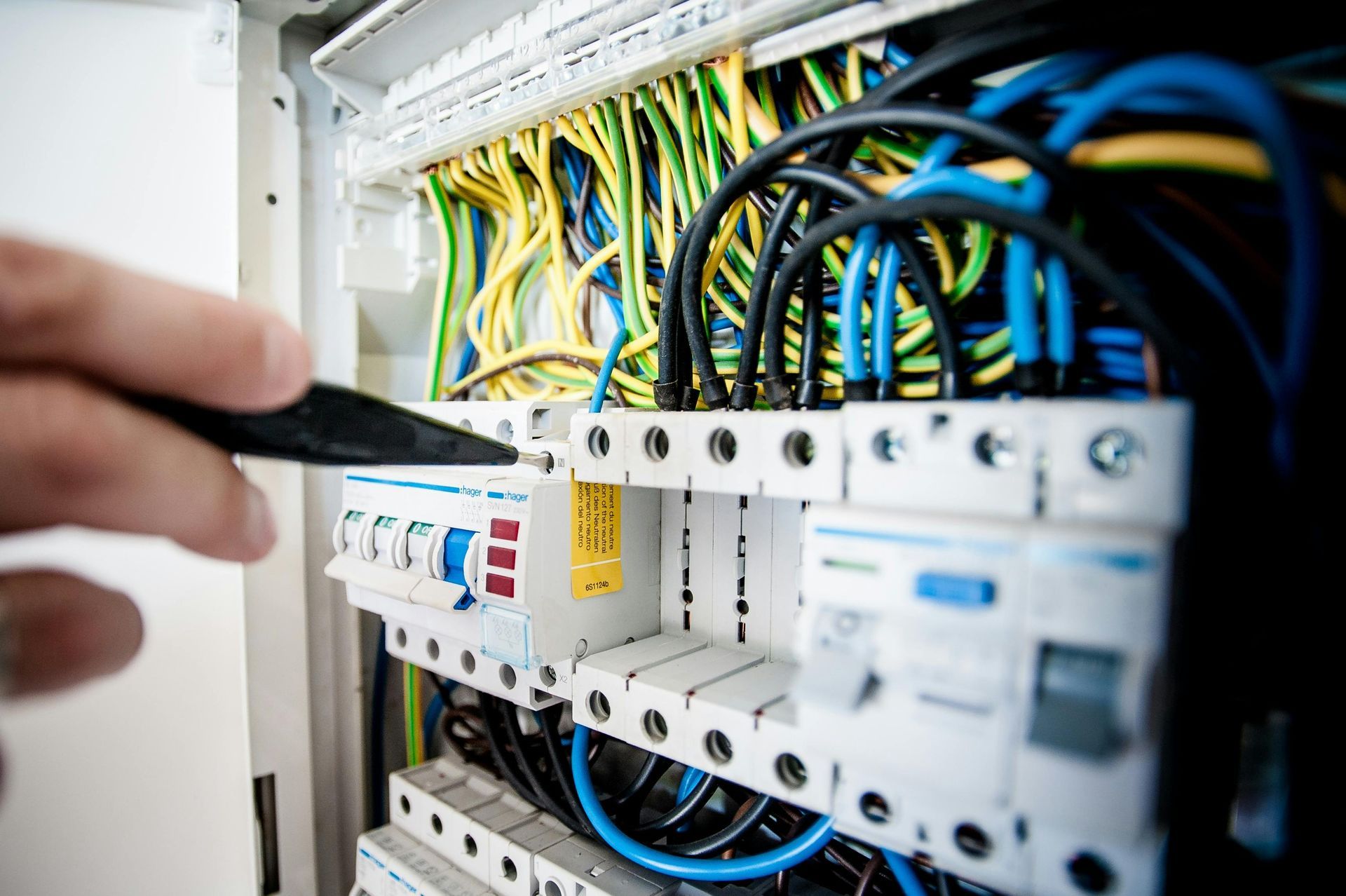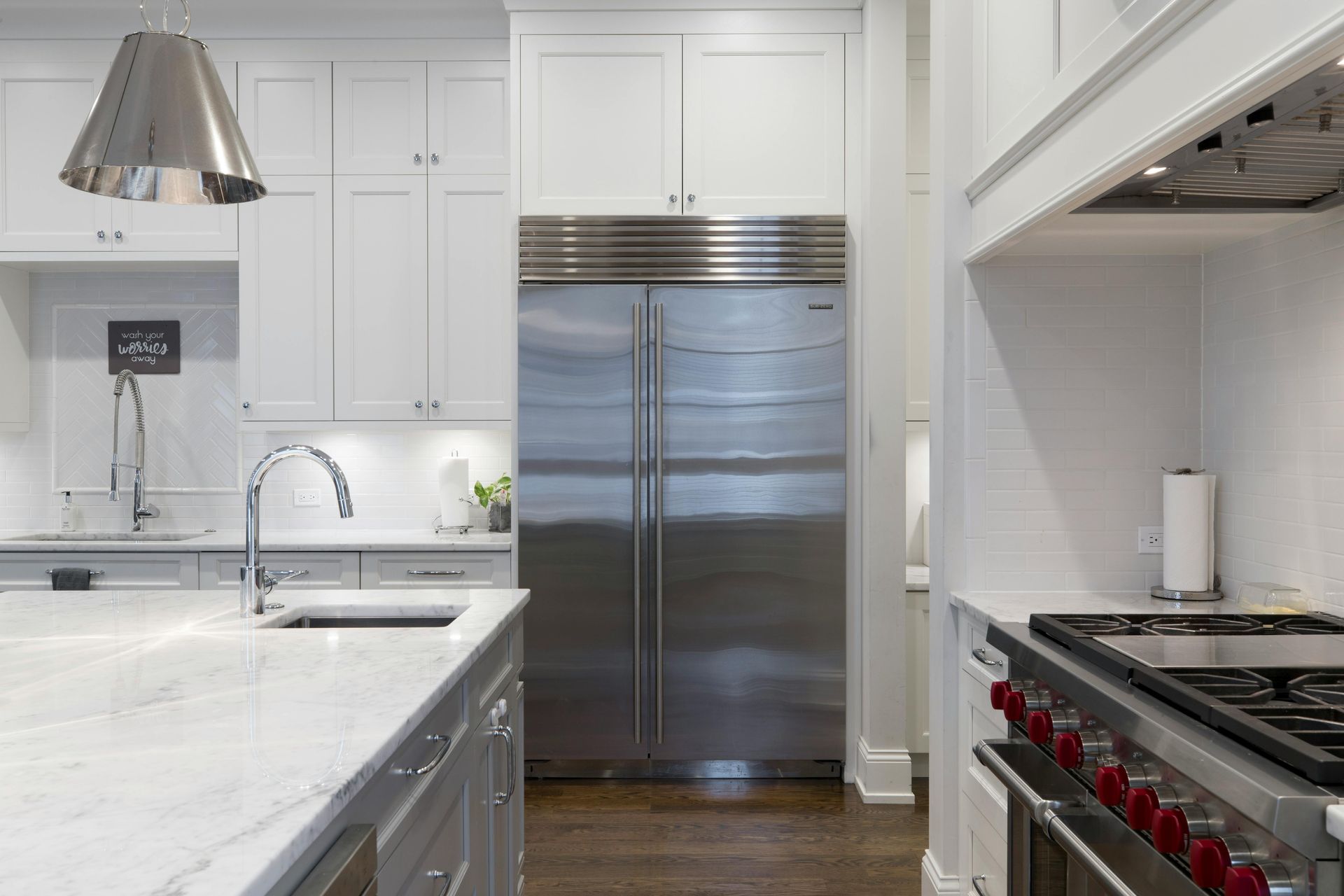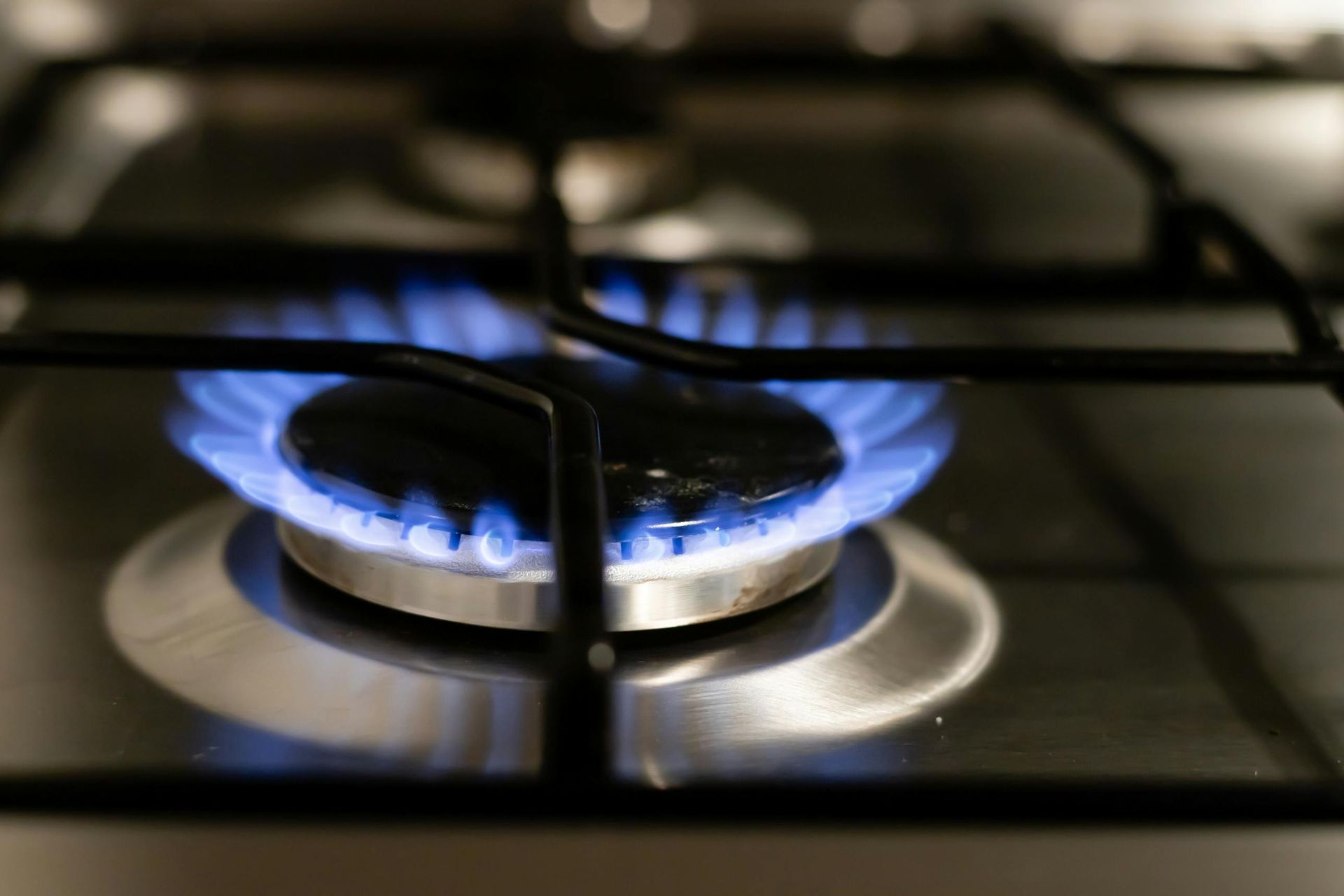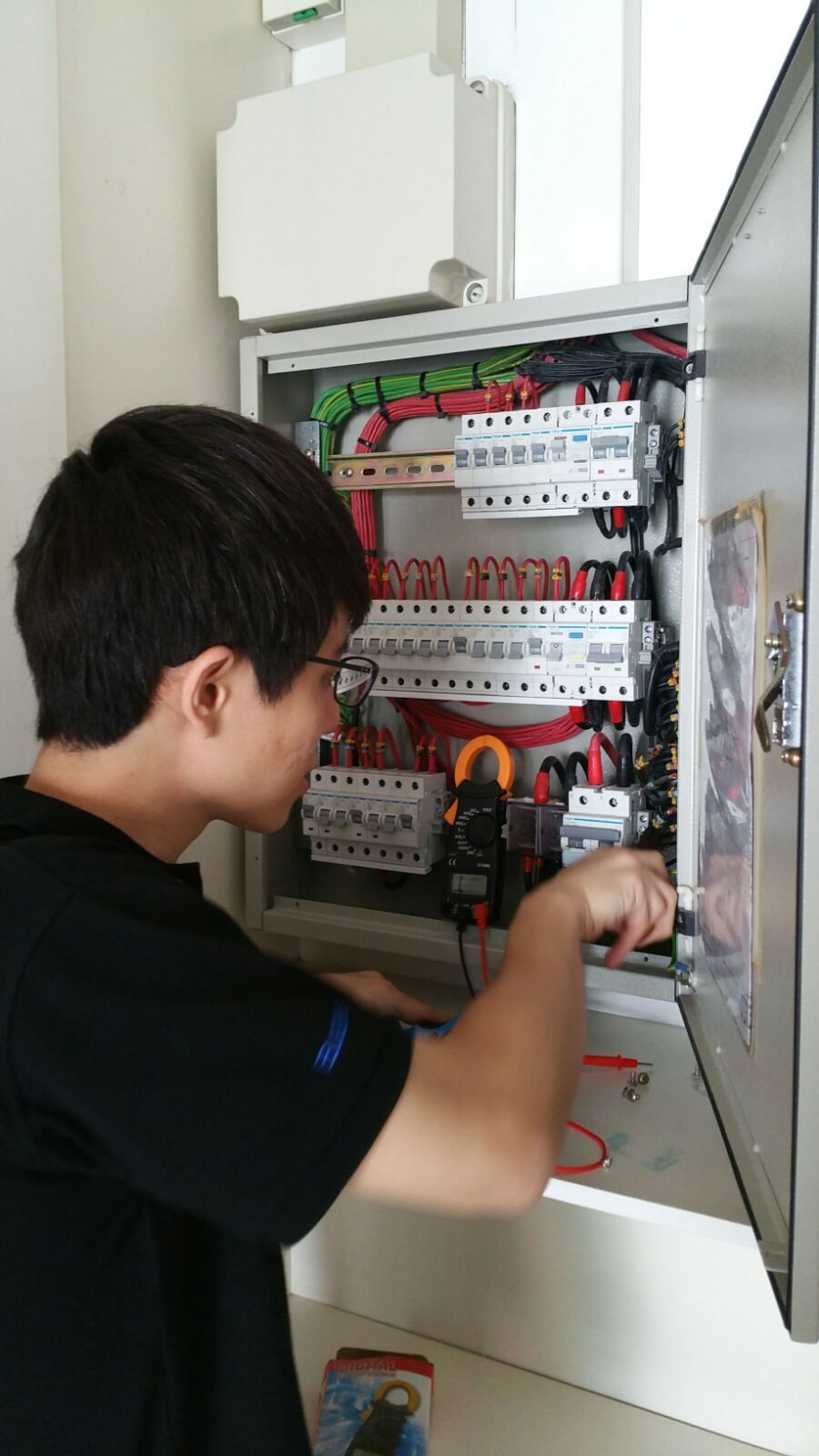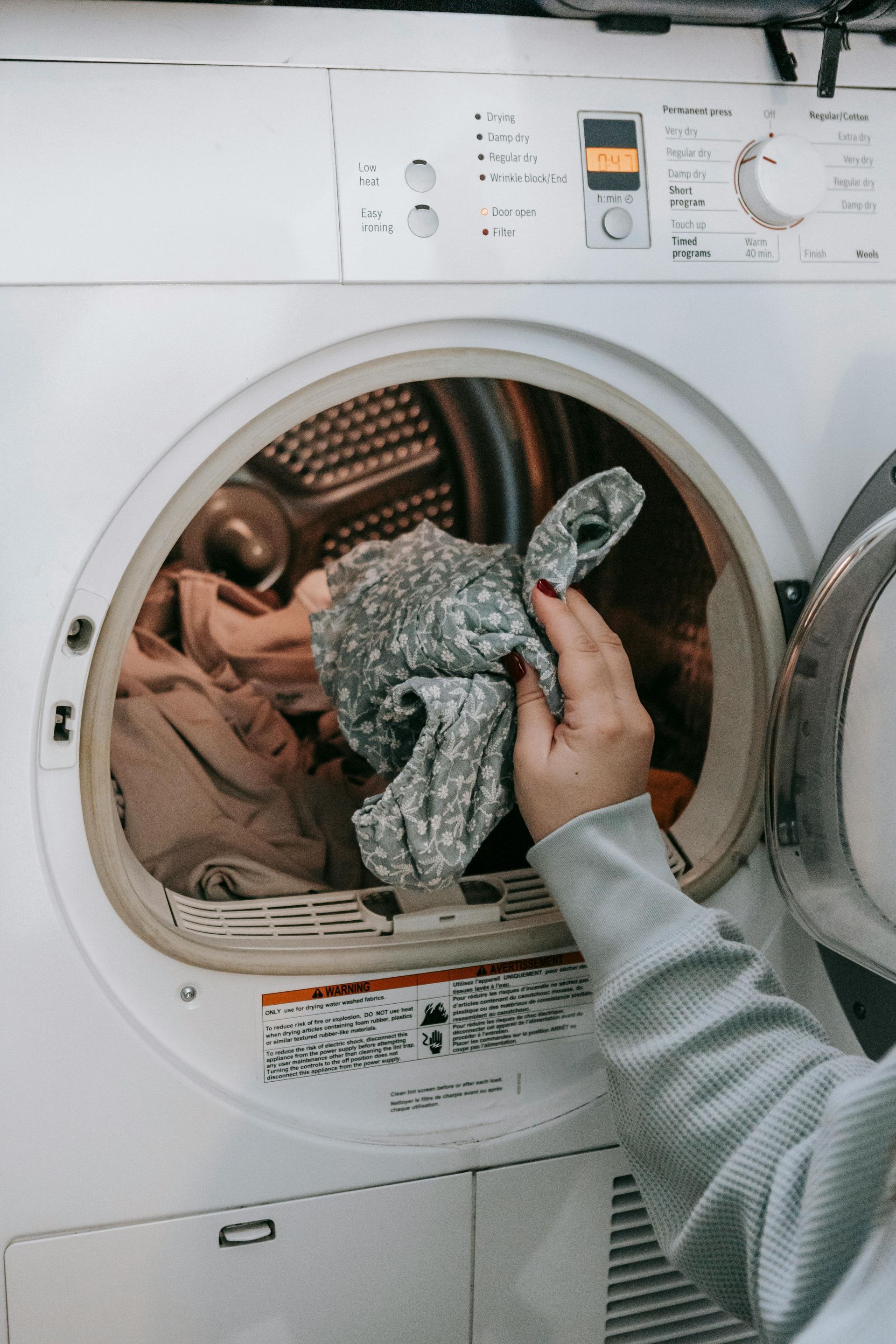Common Issues with Gas Ovens and How To Troubleshoot Them
Gas ovens are a staple in many households, especially for those who love home-cooked meals. But like any appliance, they can develop problems over time. The good news? Many common oven issues have clear signs and troubleshooting steps you can try before calling in a professional. And when it’s time to get expert help, knowing what’s wrong will save you both time and money.
Whether you’re frantically searching for
gas oven repair near me or just want to stay ahead with preventive care, this guide covers the most common problems, how to troubleshoot them, and after-care tips once your oven is repaired.
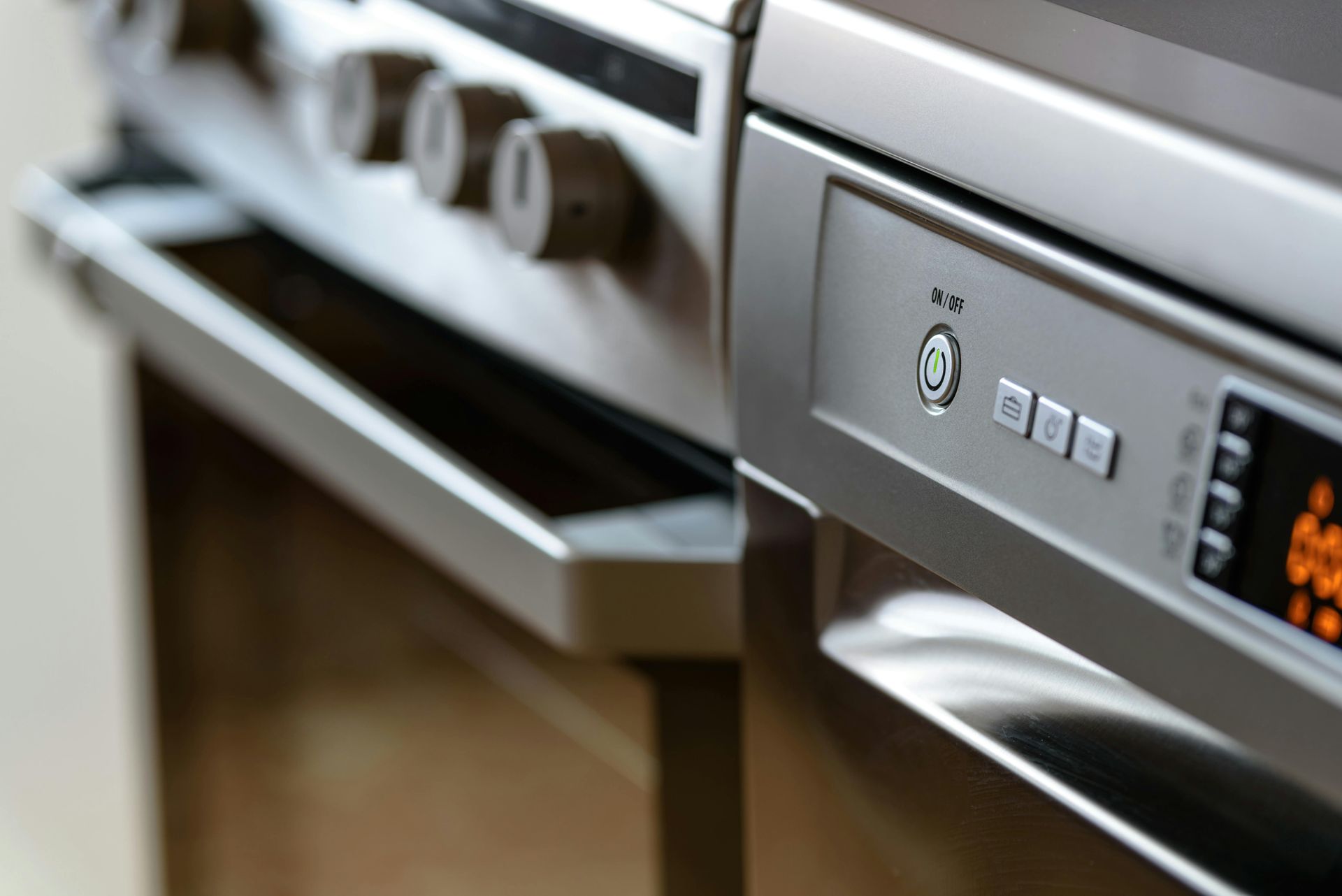
1. Oven Not Heating Properly
One of the top reasons people book an oven repair service is when the oven won’t heat at all—or heats unevenly.
Symptoms: Food takes much longer to cook, or dishes come out raw in the middle and burnt on the edges.
Possible causes:
- A faulty igniter in gas ovens that fails to light the flame
- A damaged heating element in electric ovens
- Malfunctioning thermostat that gives inaccurate temperature readings
What to try:
- Check if the gas oven igniter glows when turned on. If not, it likely needs replacement.
- For electric ovens, visually inspect the heating element; if it looks blistered or cracked, that’s a red flag.
- Use an oven thermometer to confirm if the thermostat is accurate. If there’s a big difference, a technician may need to recalibrate or replace it.
2. Gas Oven Won't Ignite
You hear the clicking sound, but the oven never lights. This is one of the most frustrating gas oven issues.
Symptoms: Constant clicking, no flame, or long delays before ignition.
Possible causes:
- Clogged burner ports blocking gas flow
- Weak or broken igniter that fails to spark
- Gas supply issues (e.g., kinked hose or low gas pressure)
What to try:
- Carefully clean burner ports with a brush or needle to remove food debris.
- Check if the igniter glows or sparks. If it doesn’t, replacement is usually the solution.
- If you suspect a gas line issue, do not attempt DIY fixes. Always call a certified technician for repair gas oven repair services.
Important: If you smell gas while troubleshooting, shut off the oven immediately, open windows for ventilation, and call for professional help.
3. Oven Door Won't Close Properly
An oven that doesn’t seal tightly leaks heat, leading to uneven cooking and higher energy bills.
Symptoms: Heat escaping from the sides, door feels loose, or the oven shuts but doesn’t latch securely.
Possible causes:
- Worn hinges or springs
- Damaged door gasket/seal
- Misaligned door due to frequent slamming
What to try:
- Inspect the rubber gasket around the door. If it’s cracked, brittle, or missing pieces, replace it.
- If hinges are loose, tightening screws may help, but often hinge replacement is necessary.
- Avoid using makeshift fixes like foil or clamps; these can damage the oven further.
4. Strange Noises or Smells
Unusual sounds and smells should never be ignored.
Symptoms: Rattling noises, buzzing sounds, or strong gas smells.
Possible causes:
- Loose components or racks vibrating inside
- Faulty convection fan motor
- Gas leaks or blocked ventilation
What to try:
- Make sure oven racks are properly seated and not touching the fan.
- If the noise comes from the fan, the motor may need professional replacement.
- If there’s a persistent gas smell, shut off the oven and contact a gas oven repair near you right away.
5. Uneven Cooking or Baking
If your cookies come out half-burnt or your roast chicken is raw inside, uneven heating may be to blame.
Symptoms: Food that’s cooked on one side but not the other, inconsistent baking results.
Possible causes:
- Faulty convection fan not circulating hot air
- Malfunctioning thermostat
- Blocked air vents restricting airflow
What to try:
- Avoid overcrowding the oven; too many pans can block circulation.
- If your oven has a convection setting, ensure the fan is working.
- Clean vents to improve airflow inside the oven cavity.
6. Oven Overheating
Sometimes the opposite happens—your oven runs too hot.
Symptoms: Food burns quickly, oven feels unusually hot from the outside, or smoke appears even at low settings.
Possible causes:
- Faulty thermostat stuck in “on” mode
- Damaged control board
- Shorted heating element
What to try:
- Use an oven thermometer to compare the set temperature with the actual heat.
- If the difference is extreme, professional recalibration or thermostat replacement may be necessary.
After-Care Tips Once Your Gas Oven Is Repaired
Once you’ve gone through the hassle of repairs, a few maintenance habits will go a long way in keeping your oven reliable:
- Clean regularly – Food spills and grease can clog burners or create smoke. Wipe down after each use and deep clean every few months.
- Inspect the gasket – Check the rubber seal for cracks. A damaged gasket lets heat escape and forces your oven to work harder.
- Don’t overload the oven – Too many pans reduce airflow, leading to uneven cooking.
- Avoid slamming the door – This protects hinges and prevents misalignment.
- Use the right cookware – Heavy or oversized pans can damage racks and block airflow.
- Schedule annual maintenance – A quick professional checkup can catch small issues before they become costly problems.
When to Call a Professional
DIY troubleshooting can help with small fixes, but gas ovens are complex appliances. If you’ve tried the steps above and the problem persists, or if you smell gas at any point, stop and call a professional right away.
Searching online for gas oven repair near me will connect you with local technicians who have the tools and expertise to handle issues safely. Professional services can quickly replace faulty igniters, fix thermostat problems, and ensure your oven is operating efficiently.
Remember: investing in timely oven repair not only keeps your appliance working but also ensures your household’s safety.
